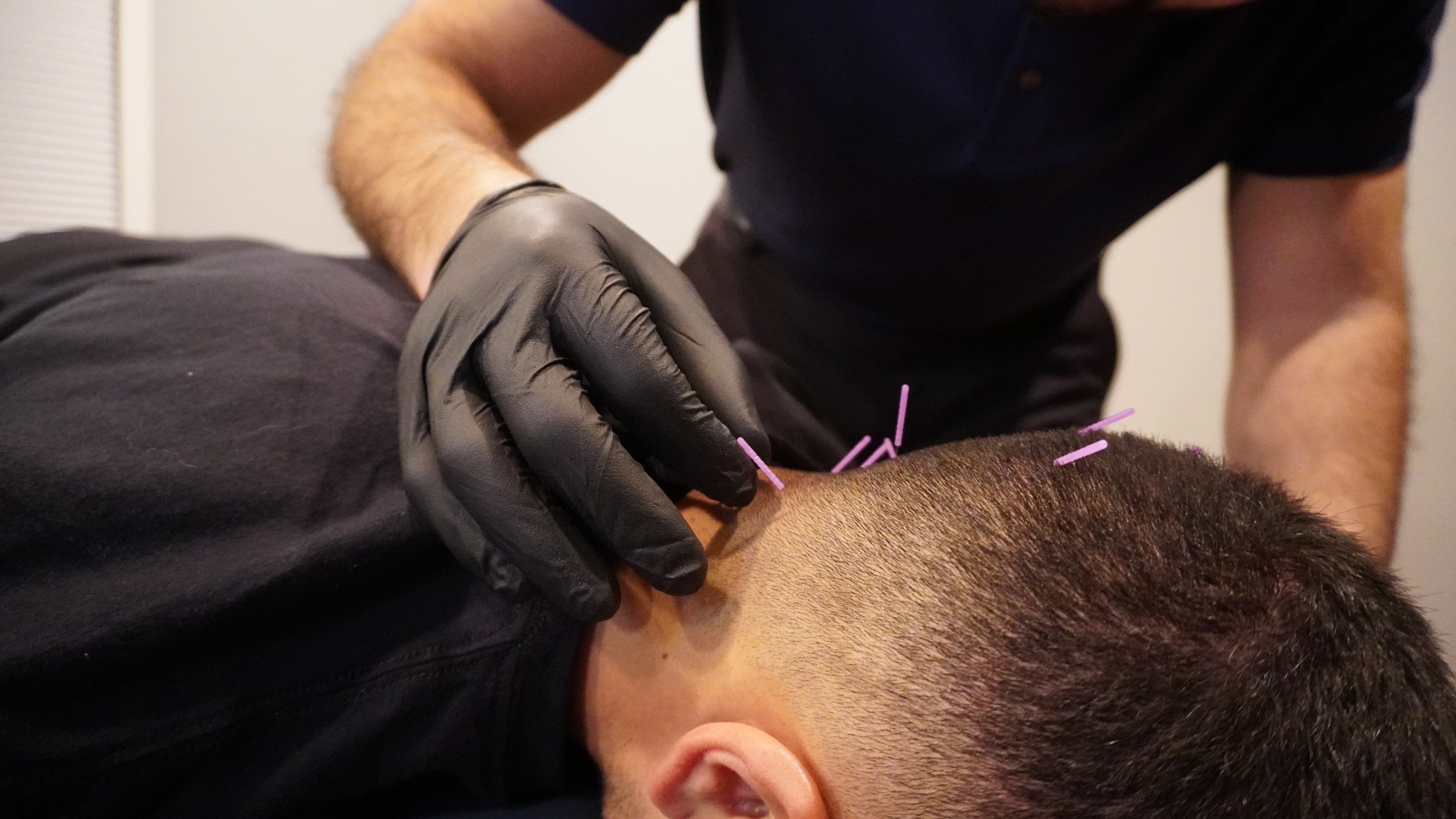BPC-157 vs. Dry Needling
Dry Needling for Tendons: Why It Outshines BPC-157
When it comes to healing tendons, you might have heard about two buzzworthy options: dry needling and BPC-157, a synthetic peptide. While BPC-157 is gaining attention for its potential healing powers, the reality is that dry needling has stronger evidence to support its effectiveness. Let’s break it down in simple terms and explain why dry needling is the better choice right now.
What Is Dry Needling?
Dry needling involves inserting a very thin needle into the skin and muscles, including tendons, without injecting any medication (hence the term “dry”). The goal is to create a controlled micro-injury that kickstarts the body’s natural healing process.
For tendons, this means:
Boosting Blood Flow: Tendons don’t naturally get much blood supply, so dry needling stimulates the area to improve circulation. This promotes an acute inflammation response, which is the body’s first step in healing.
Reducing Chronic Inflammation: Chronic inflammation can stall healing. Dry needling helps by stimulating hormones that reduce long-term inflammation, bringing the body back to balance. While it may seem like a paradox, dry needling can both promote an acute inflammation to start the body’s healing process, while reducing a chronic inflammation.
Reducing Pain: Dry needling interrupts pain signals and calms irritated nerves. It also triggers the release of your body’s natural painkillers, like opioids.
Stimulating Repair: The tiny trauma caused by the needle signals the body to send healing cells, like fibroblasts, to the area. These cells produce collagen, which is essential for tendon repair.
What Is BPC-157?
BPC-157 is a synthetic peptide, derived from a protein found in the stomach. In lab studies (mostly on animals), it has shown promise in:
• Reducing inflammation
• Stimulating blood vessel growth
• Speeding up tissue repair
Sounds exciting, right? The problem is, there’s very little research to back up these claims in humans. Most of what we know about BPC-157 is from animal studies, which don’t always translate to how humans respond.
Why Dry Needling Works Better
Here’s why dry needling is the better choice, backed by science:
1. Proven in Humans
• Dry needling has been tested in many human studies and shown to help with tendon injuries like Achilles tendinopathy, tennis elbow, and patellar tendinopathy, as well as arthritis, and nerve issues (like carpal tunnel).
• It reduces pain and improves function, especially when paired with rehab exercises.
2. Natural Healing Boost
• The body already knows how to heal itself. Dry needling simply gives it a nudge by stimulating the area.
• Unlike BPC-157, you’re not relying on a synthetic substance that might not work the same way in humans as it does in animals.
3. Safe and Accessible
• Dry needling is widely practiced by licensed healthcare professionals, like physical therapists. It’s safe, minimally invasive, and doesn’t involve taking experimental substances. Not all dry needling is created equal, as not all clinicians are trained to needle tendons, joints, or nerves - most are only trained in needling muscles. Us, at Dynamic Physio, are not only trained in needling different tissues, but we have also taught thousands of other clinicians how to do the same.
• Lastly, BPC-157 is not FDA-approved and lacks long-term safety data for humans.
What the Science Says
Let’s compare the evidence:
Dry Needling :
Proven to reduce pain and improve function in tendons
Low risk, widely used in clinics
Supports natural healing processes
BPC-157:
Limited to animal studies; little evidence in humans
Experimental; long-term safety unknown
Promises healing, but evidence is theoretical
Dry needling is also backed by decades of clinical practice and research, while BPC-157 is still in the “maybe” category.
The Bottom Line
If you’re dealing with a tendon injury, dry needling is the better-supported option. It’s effective, safe, and works with your body’s natural ability to heal. While BPC-157 is intriguing, it’s still an experimental treatment with limited evidence, and it’s far from being a proven solution.
Looking for a reliable way to heal your tendons? Start with dry needling—and pair it with an exercise program designed to strengthen your tendons. It’s a science-backed, practical approach that gets results.
Interested in dry needling for tendon pain? Contact us at Dynamic Physio today to learn how it can help you get back to doing what you love!

